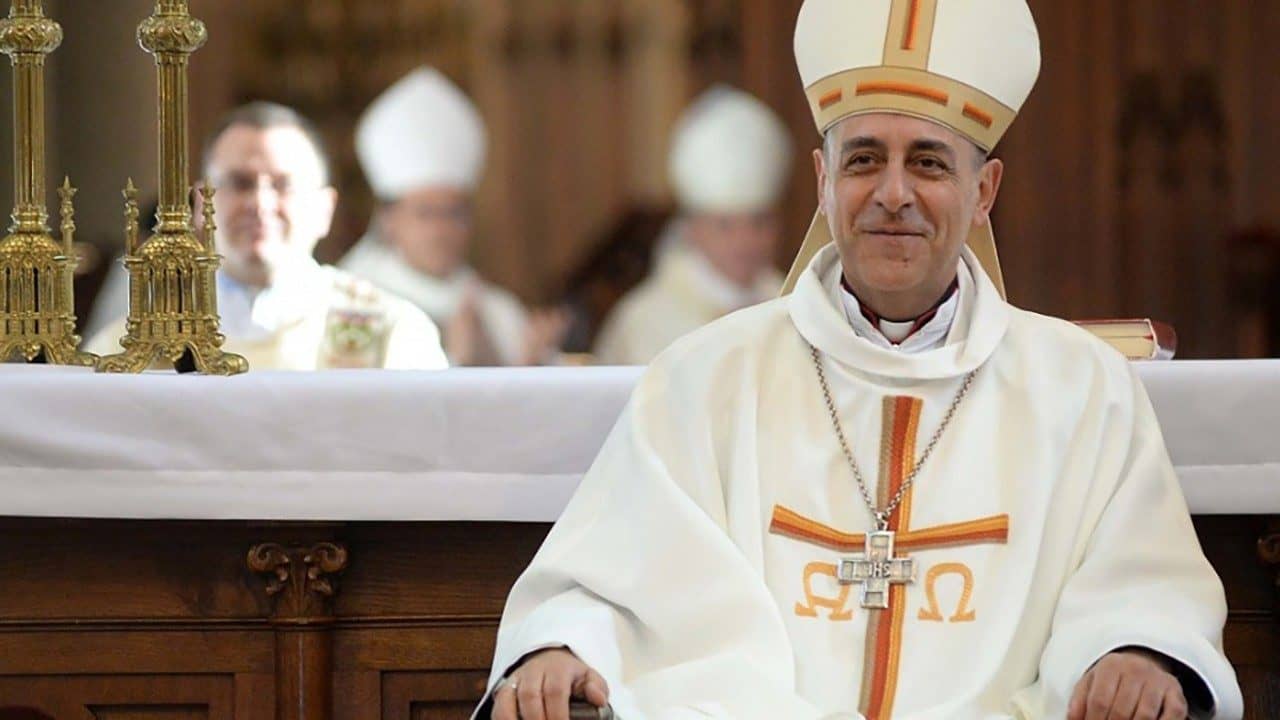ROME – Today is what Italians call the Festa della Liberazione, or “Liberation Day,” celebrating the end of the German occupation and the fascist regime in 1944. It’s a major national holiday, with schools, public offices and most shops closed — indeed, most Italians took yesterday off too, creating what they like to call a ponte, or bridge, with the preceeding weekend.
In all likelihood, it was baked into the cake that this year’s commemoration would be mired in controversy, since it’s the first Festa della Liberazione since a conservative government came to power last October led by Prime Minister Giorgia Meloni, whose political roots are in neo-fascist movements.
Basically, things break down like this: The left insists April 25 celebrates the WWII-era partisan victory over fascism, and therefore demands that the right issue a mea culpa for its ambivalent attitude towards Mussolini and his regime over the years. The right styles April 25 as a victory for freedom over all forms of totalitarianism, and insists that the Italian left renounce its historical flirtation with communism.
And round and round we go.
As an American, those are basically debates for Italians to sort out. For us, the proper spot from which to contemplate the legacy of April 25 probably isn’t Rome and its political sound and fury, but rather the haunting quiet of the Sicily-Rome American Cemetery and Memorial in Nettuno, a little over an hour south of the Eternal City on the country’s Tyrrhenian coast.
It was here and in nearby Anzio that Allied forces landed in January 1944, pushing the campaign to liberate Italy north from Sicily into the mainland. The next six months saw some of the bloodiest fighting of the entire war, highlighted by the liberation of Rome on June 4, 1944, by the U.S. Fifth Army under General Mark Clark, making the Eternal City the first great European capital to be wrested away from the Axis.
On that day, nearly half a million people packed St. Peter’s Square and the surrounding area. Pope Pius XII appeared on the balcony of the basilica, normally used by popes only for their Urbi et Orbi blessings, to offer a prayer for redemption amid the destruction of war.
This day, the pope said, creates “new hope and renewed trust in your salvation,” triggering massive cheers from the crowd.
Clark later had an audience with Pius XII, in which he apologized for the noise his tanks had created while thundering through the city. In response, Pius said, “General, any time you come to liberate Rome, you can make just as much noise as you like.” (Clark himself revealed the exchange when he appeared on the TV show “What’s My Line?” in 1956.)
Today, the American cemetery sits on the spot where American forces established their beachhead in 1944. Within the 10 grave plots are the remains of 490 unidentified casualties, two Medal of Honor recipients, 25 sets of brothers and 17 women.
All together the cemetery is the final resting place of 7,861 fallen, part of the total of 23,000 Americans who gave their lives for the liberation of Italy.
For a certain generation of Italians, memories of those GIs were indelible.
When I arrived on the Vatican beat in the 1990s, the legendary journalist Arcangelo Paglialunga was still a fixture in the Vatican Press Office. He’d covered the Vatican since the era of Pius XII and would stand outside the entrance, leaning on his cane and holding court almost every day.
“I’m more American than you are,” he’d often yell whenever he saw me. “I remember standing on the Via della Conciliazione watching the American tanks roll by, with the soldiers tossing chocolates to the kids. … The city was never happier.”
In a similar vein, an Italian friend whose dad was a military man recently told me that ever since he was a child, his father taught him to feel “gratitude for the young Americans who came to fight in Italy to give us back our freedom.”
As an American who’s spent most of my adult life living in Italy, I feel a similar debt of gratitude, knowing that my life has benefitted in incalculable ways from what those Americans and their allies, including the scores of Italian partisans who joined them, achieved almost 80 years ago.
As a Catholic, I’m also aware that the capacity of the modern papacy to govern the church without external interference, to emerge as a sovereign voice of conscience in global affairs, is directly related to those seemingly endless rows of simple white crosses and stars of David my wife and I walked through under a gentle rain in Nettuno.
Today, therefore, is about more than ideological squabbles — though, of course, the freedom to engage in partisan political debate is part of what those heroes died to protect.
Today should also be a moment for an examination of conscience, as to whether we’re worthy of those sacrifices. To quote the movie “Saving Private Ryan,” it’s a day to ask ourselves whether we’ve managed to “earn this” … which, undoubtedly, is a project that’s never quite complete.















